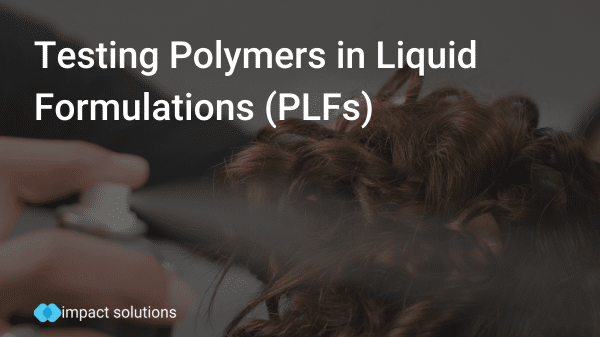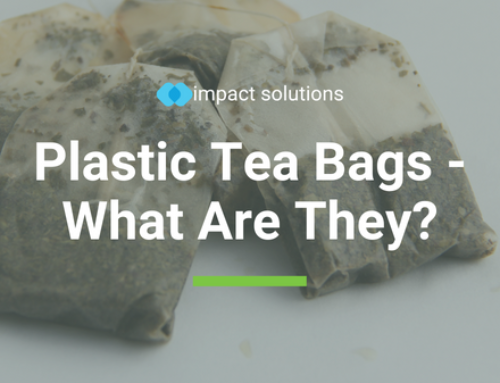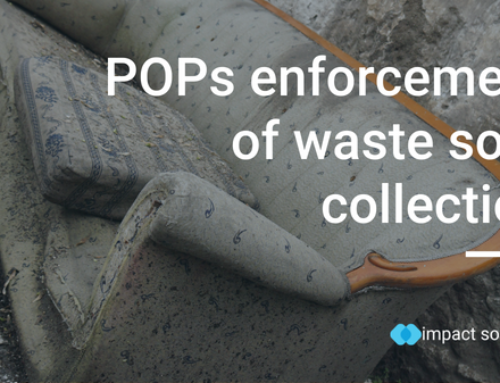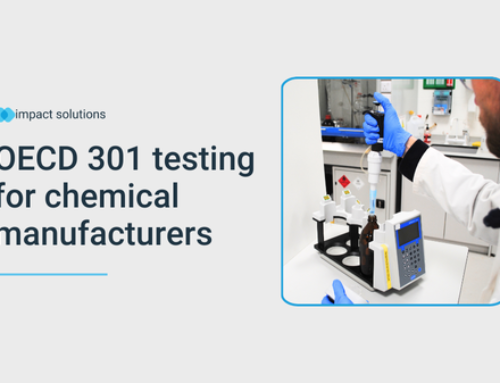What are Polymers in Liquid Formulations?
The Royal Society of Chemistry (RSC) have recently set up an industry taskforce to build on their research on polymers in liquid formulations.
According to the RSC, Polymers in liquid formulations, often referred to as PLFs, might not be a familiar term to most people, especially those outside the chemical industries. However, nearly everyone in the world encounters and engages with these substances in their everyday lives (RSC:The PLFs Revolution).
PLFs refers to the use of polymers in liquid formulations or solutions and are large molecules made up of repeating subunits known as monomers. They have a wide range of applications in various industries, and when used in liquid formulations, they can serve several purposes, depending on the specific polymer and formulation.
The choice of polymer and its concentration in the liquid formulation depends on the specific application and desired properties. PLFs are used in a wide range of industries, including the chemical, pharmaceutical, food, cosmetics, and manufacturing sectors, among others. Examples of products formulated with PLFs are:
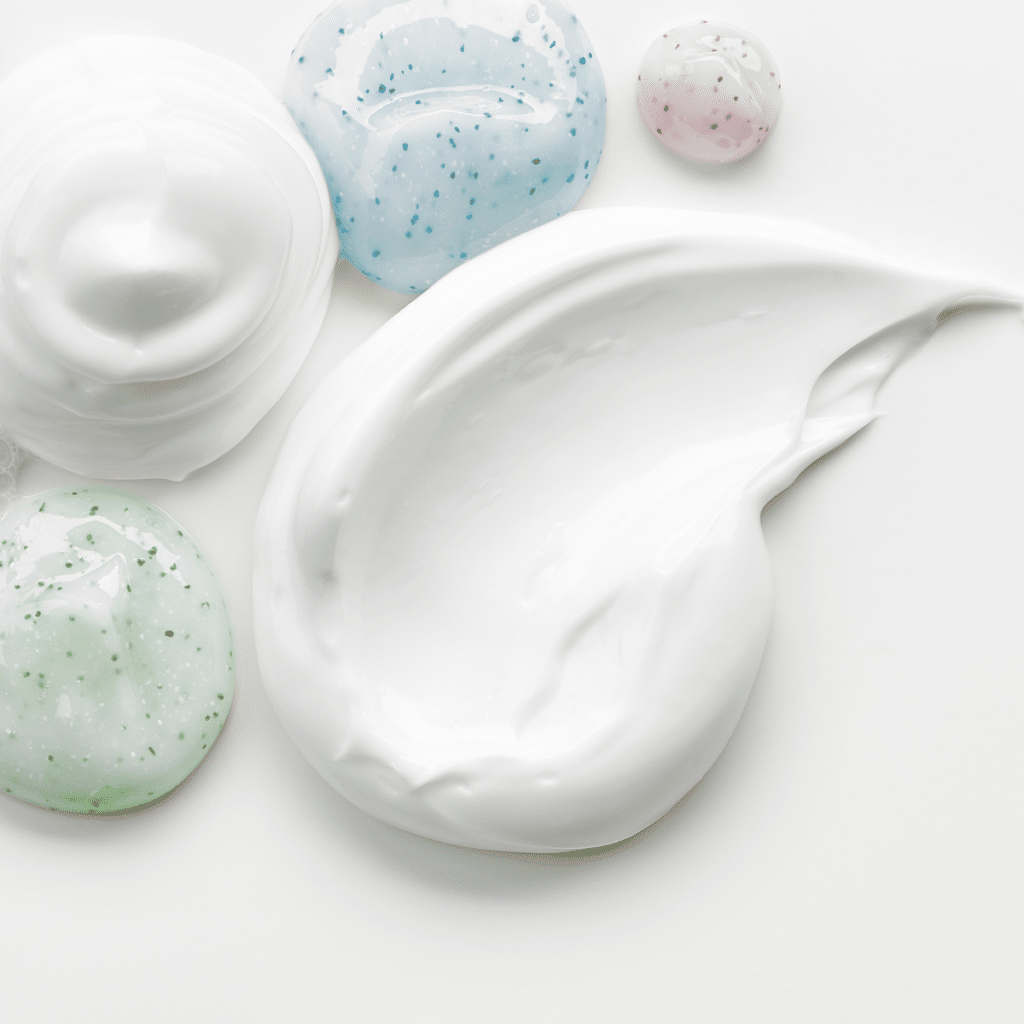
Thickening Agents: Some polymers are added to liquid formulations to increase their viscosity or thickness. This can be useful in products like paints, adhesives, and personal care products, where a thicker consistency is desired.
Stabilizers: Polymers can help stabilize emulsions, suspensions, and dispersions by preventing particles or droplets from settling or coalescing. This is important in industries such as food, cosmetics, and pharmaceuticals.
Film-Forming Agents: Certain polymers, when dissolved in a liquid, can form a thin film when applied to a surface. This property is used in coatings, adhesives, and sealants.
Binding and Encapsulation: Polymers can be used to bind together particles or encapsulate active ingredients in a liquid formulation, protecting them from degradation or ensuring controlled release.
Rheology Modifiers: Polymers can modify the flow properties of a liquid formulation, making it easier to handle and process. This is important in applications like printing inks and drilling fluids.
Controlled Release: In pharmaceuticals and agriculture, polymers in liquid formulations can be designed to release active substances slowly over time, providing sustained benefits.
Adhesion Promoters: Polymers can enhance the adhesion of a liquid formulation to surfaces, improving the performance of coatings, paints, and adhesives.
Testing Products Formulated with PLFs
PLFs employed in products that do not solidify, such as cosmetics or household cleaners, are prone to entering the environment as they flow through wastewater treatment facilities at the end of life.
In contrast, PLFs utilized in curable formulations, such as paints and resins, undergo solidification upon application, delivering extended durability compared to other applications. They might persist on surfaces post-use and can either be directed to waste disposal systems, like landfills, at the end of their life or released into the environment during their application.
Through biodegradability testing we can screen the likely scenarios of the end of life of products with PLFs to understand their potential effect on the environment. Although challenging giving the difference in parameters from product-to product end of life scenarios, in doing biodegradability testing, we’re able to provide facts that can help move towards building biodegradability into PLFs across all industries.
Assessment of aerobic readily biodegradability in domestic wastewater is conducted in accordance with the OECD 301 guideline, utilizing the prescribed apparatus and sludge. This methodology is suitable for evaluating substances with various solubility profiles in water, encompassing both soluble and poorly soluble compounds.
The OECD 301 F standard is one of Impact Solutions most popular biodegradability tests and is conducted by our team of in-house laboratory specialists in Livingston, Scotland.

